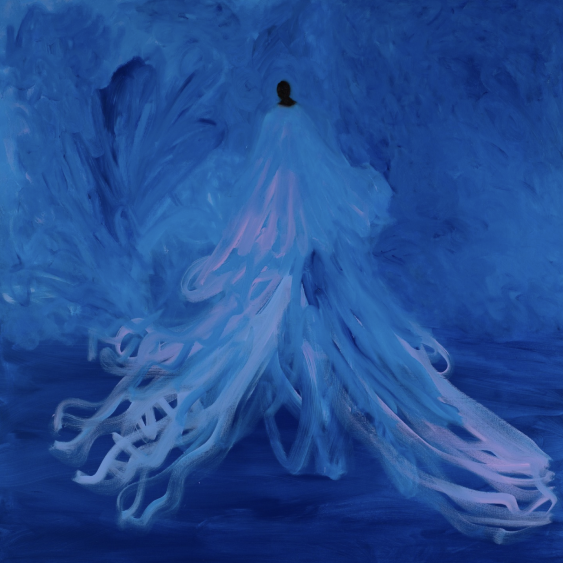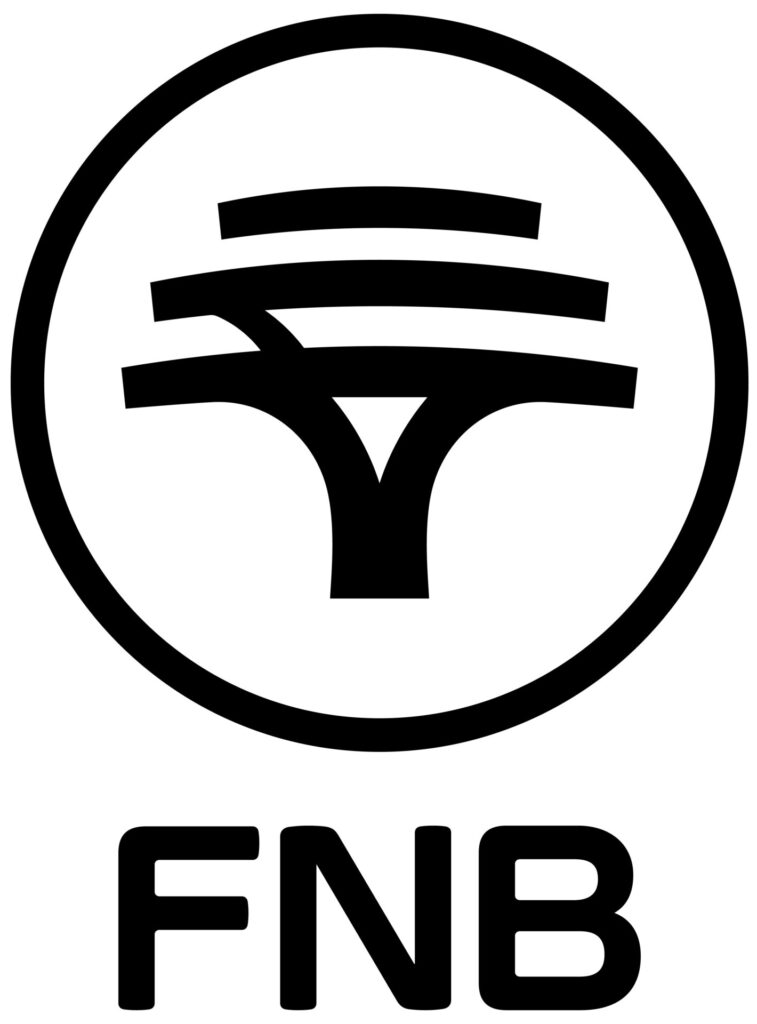Re:View
A Venice Vox
with Lebohang Kganye + Valerie Kabov
Share
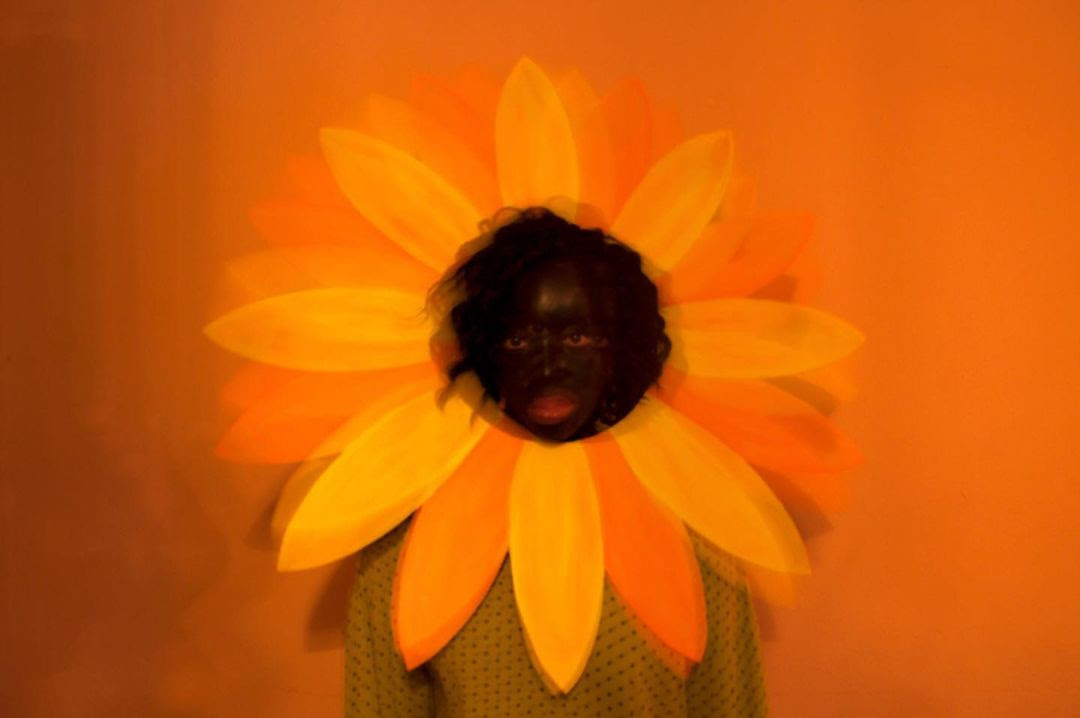
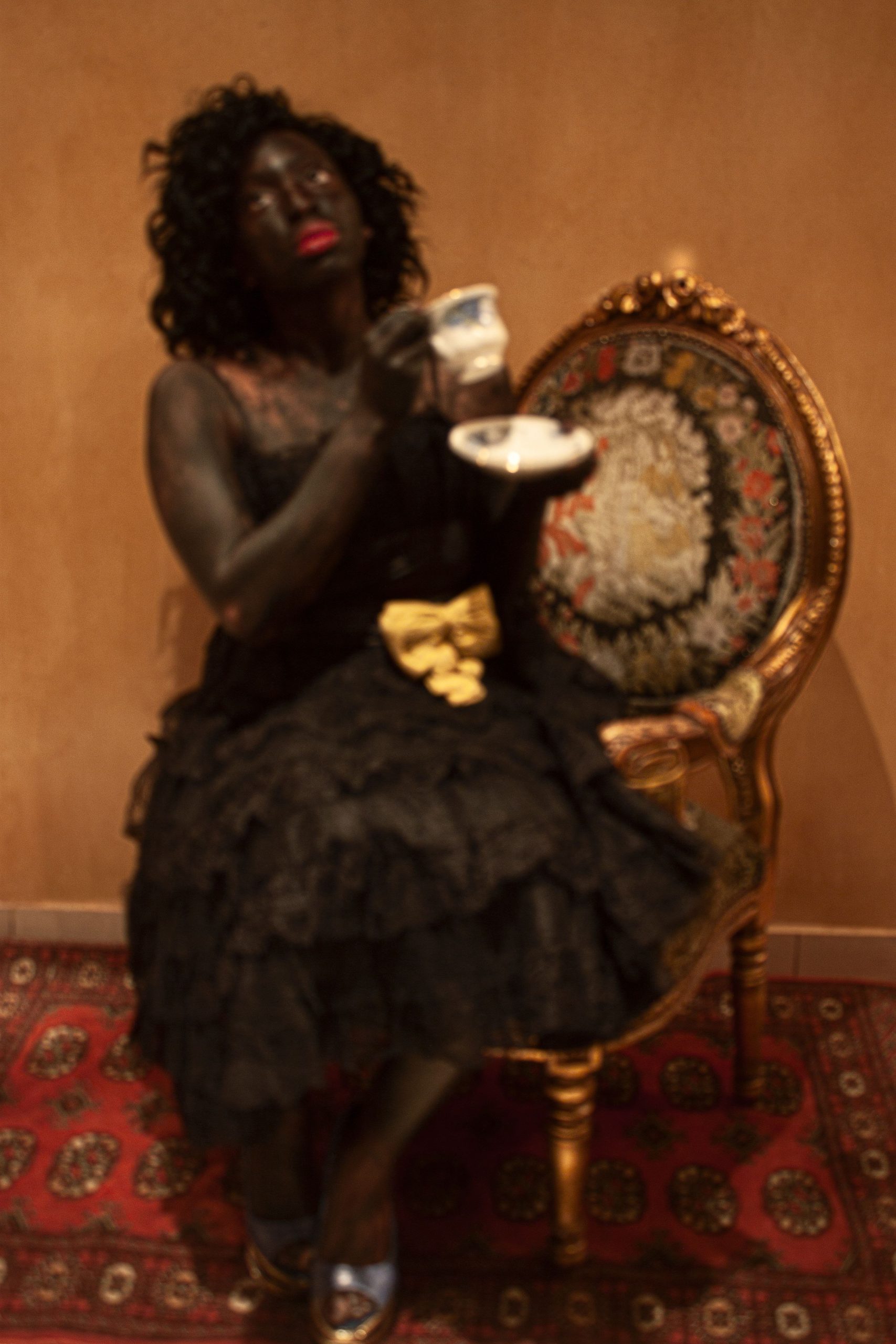
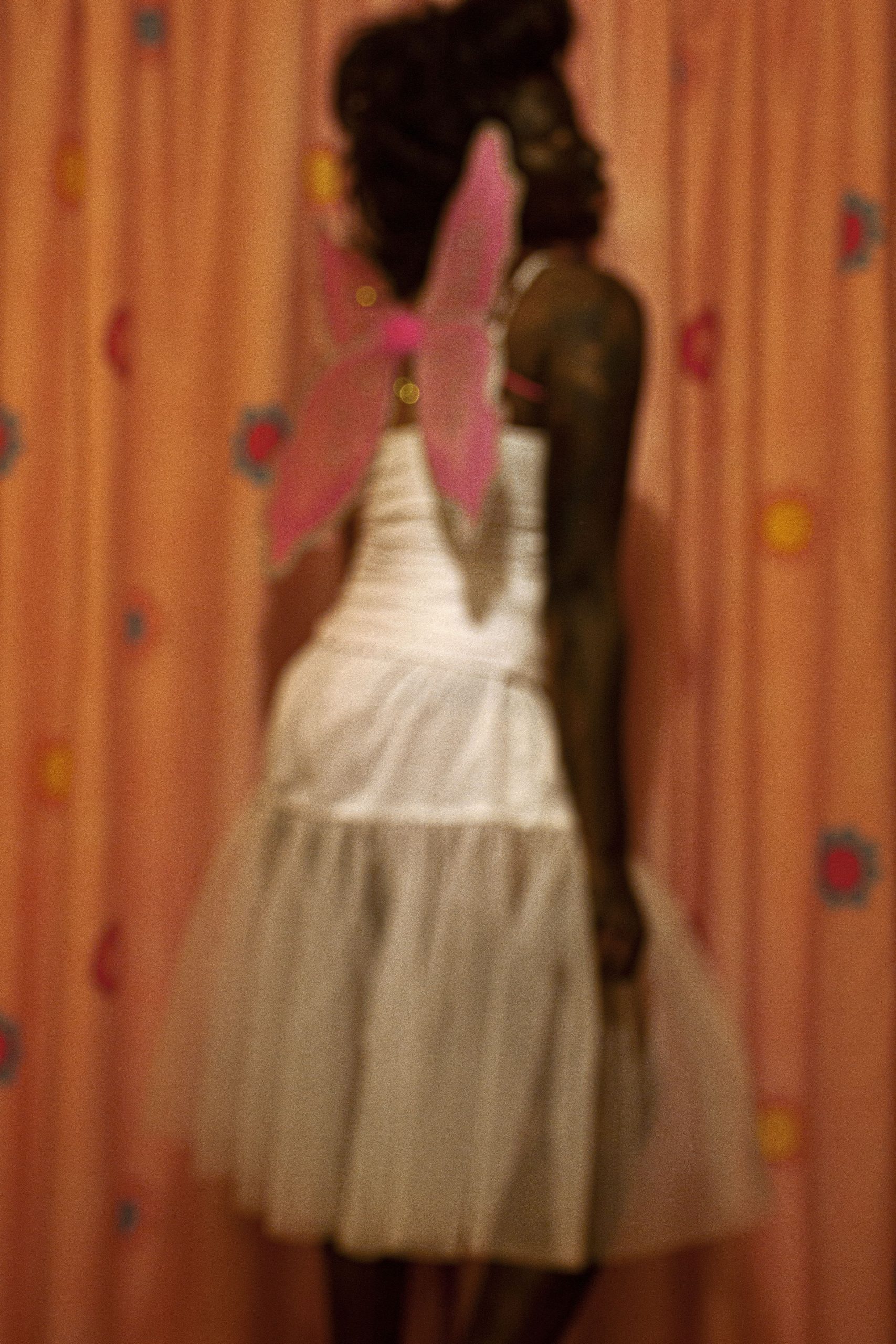

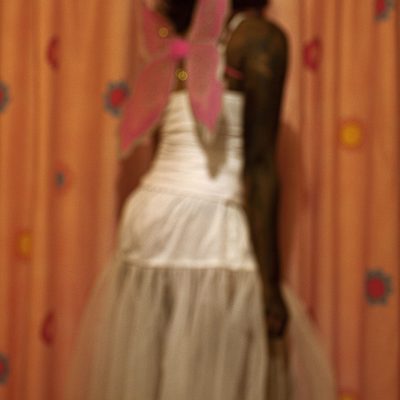
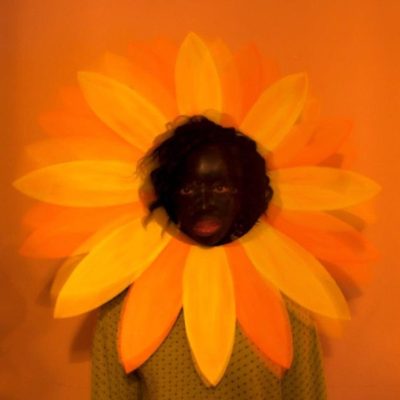
For the first time since its inception, the majority of artists exhibited at the Venice Biennale were women. Now that cultural practitioners, commentators and critics have had time to engage with the biennale programme for 2022, we asked two females who are active participants in the contemporary African art scene and who traveled to Venice this year, to share their first hand thoughts on the programme and their on-the-ground experience.
Now 127 years old, the Venice Biennale exists to explore contemporary cultural and social issues through the lens of performance, sculpture and installations. We caught up with artist Lebogang Kganye and gallerist Valerie Kabov on their recent sojourns to Venice and to share the highlights of their art exploits there.
‘Practices are not a monolith’ – Lebohang Kganye
One of the three artists exhibited at South Africa’s pavilion, Lebohang Kganye presented the B(l)ack to Fairy Tales body of work to the public.
It’s definitely a stressful thing to be participating in, administratively. But the curator, Amé Bell did a fantastic job in terms of the exhibition layout for three artists having sufficient space and good flow in terms of how you read the space.
Working as an independent artist; what made our participation an interesting one is us being artists with very independent practices paired with a curator who works in a project space (David Krut Projects). We’re coming at a moment where, post pandemic, a lot of artists are rethinking how to structure their professional and studio practices.
Artists are recognising that there are different ways of working: ways that are sustainable and allow us to have practices that support our specific needs. Practices are not a monolith. Artists can build independent institutions and have a strong studio practice. That’s the moment I am in.
One of my biggest takeaways from the biennale is the sort of support that is needed for artists, specifically when we participate in these sorts of platforms. What’s able to happen when there is sufficient support in place for participation becomes very evident in such settings.
This is not the ‘olympics of the artword’ – Valerie Kabov
The main cutorial exhibition curated by Cecilia Alemani, was a real breakthrough on many levels. Alemani made a deliberate choice to prioritise women artists, with more than 80% of artists being women and also to prioritise making visible historically excluded women artists in the exhibition. Many people were sceptical of this approach and expected the exhibition to be didactically heavy-handed. On the contrary, Alemani delivered an elegant, conceptually and aesthetically coherent and quite frankly beautiful and engaging exhibition, a real standout compared to recent biennales and proof that deliberate inclusivity does not result in lowering of standards at all.
The irony is that while most of Africa’s national pavilions sell their highly expensive projects to their governments as ‘olympics of the artword’ with the fiction of patriotic representation, Venice Biennale is known far more aptly as the world’s longest art fair. Without art sectors and local art galleries actively integrated into the high-level international art market, national participation in Venice Biennale becomes a vehicle for externalising national budgets on paying exorbitant rent in Venice with no opportunity for actual return back home and instead delivering high value marketing for non-African galleries ready to scoop up African artists for their own revenue generation elsewhere.
Parallel to the biennale was the African Art in Venice Forum (AAVF). There Valerie Kabov sat on the panel for one of the talks. The talk was titled Synthesising Synergy: Building Afro-Centric Solutions Through Intra-Continental Collaborations.
This was a very positive experience, because we had stakeholders from a broad spectrum of the art sector ecology contributing to the conversation and sharing strategies, success stories and also approaches to support development and collaboration on the continent.
The key takeaway was that, while Africa is immense in size, we are a relatively small art scene and while often we see ourselves in silos of deficit, if we see ourselves as part of a network, where resource sharing is possible, then we can grow together. To activate this philosophy as part of the panel, we started a survey, accessible through this link, for people to join the network with their projects and what they can contribute towards supporting art actors and projects on the continent.
The upside is that all the talks were videotaped and will be shared on the AAFV forum channel on YouTube, which is a really good resource.
Subscribe
Subscribe
For exclusive news, tickets and invites delivered every week
